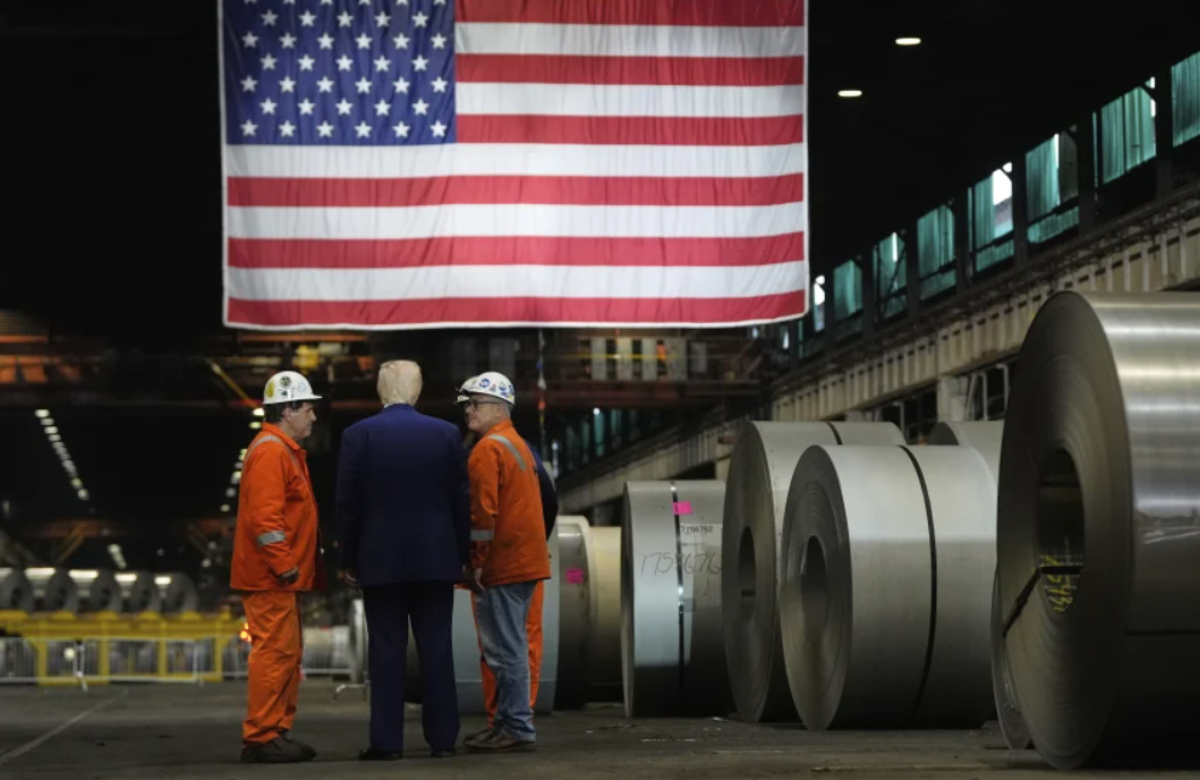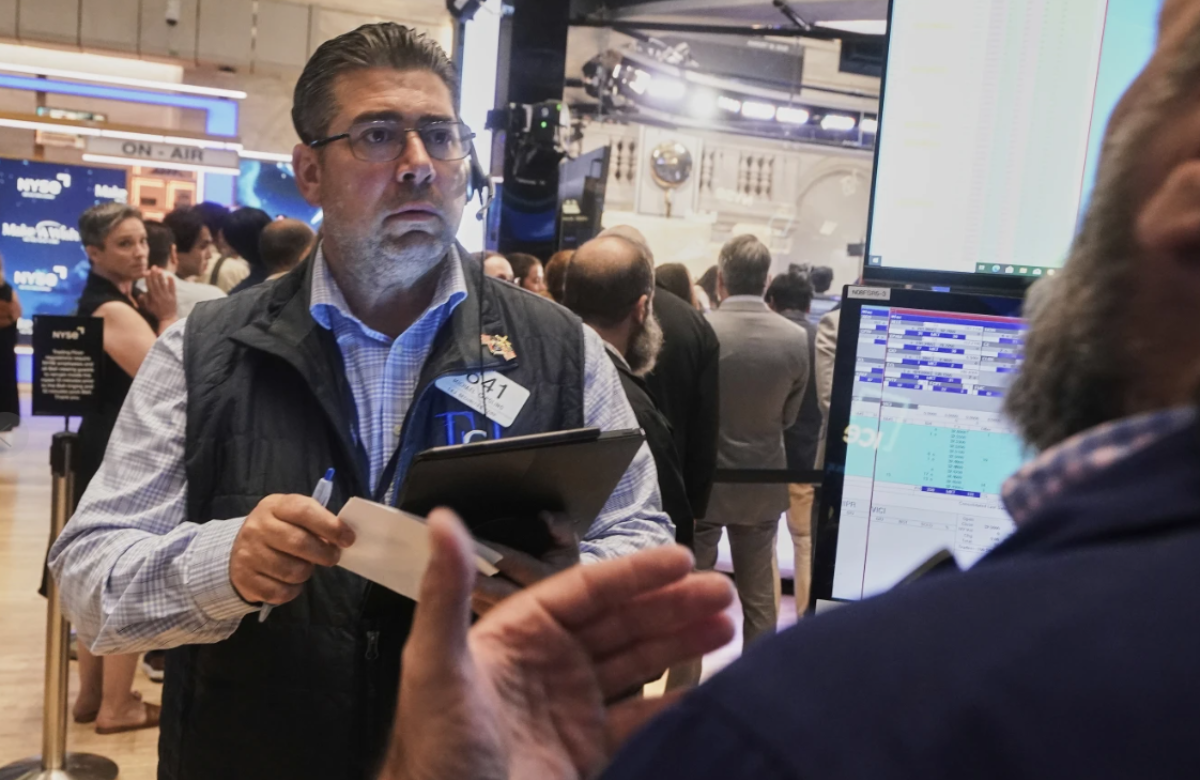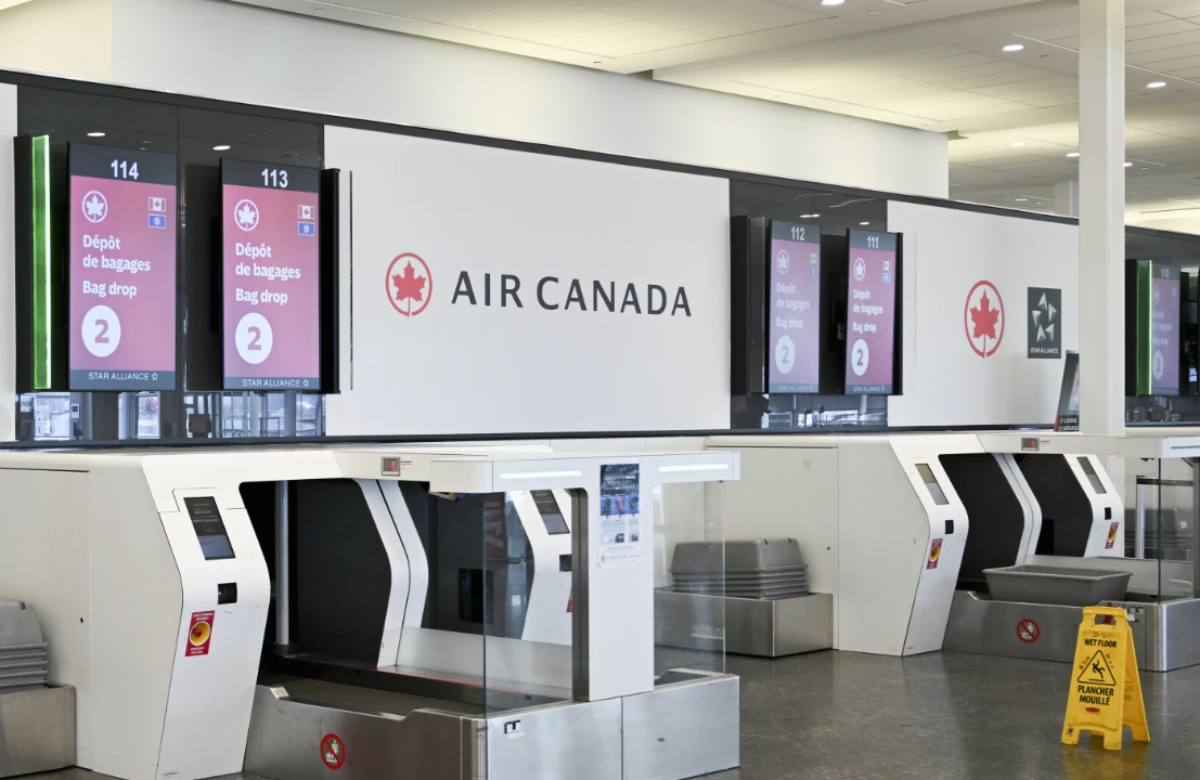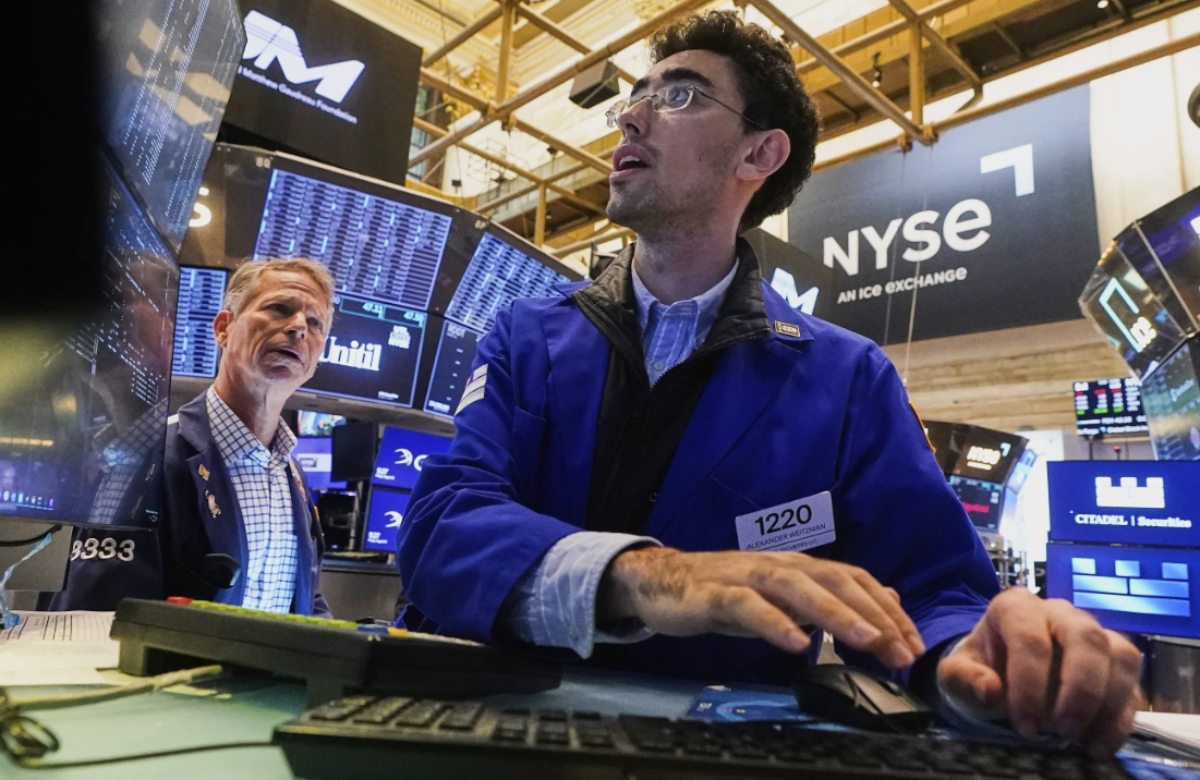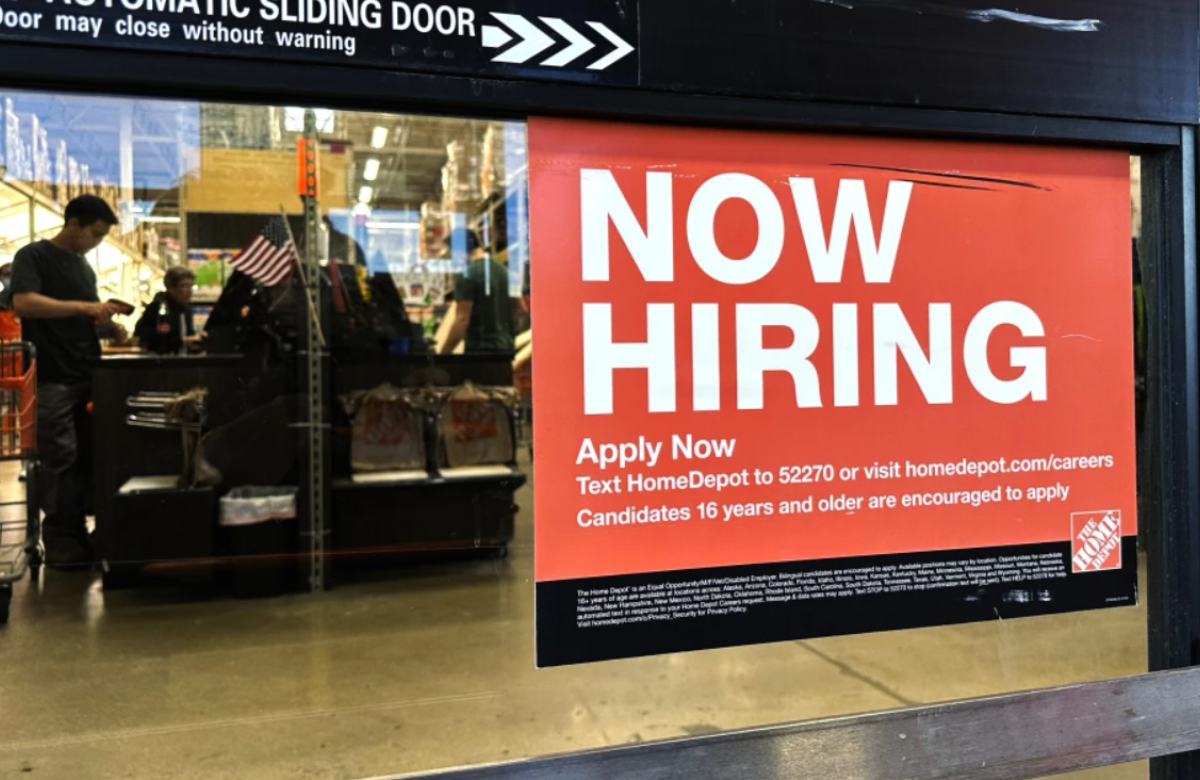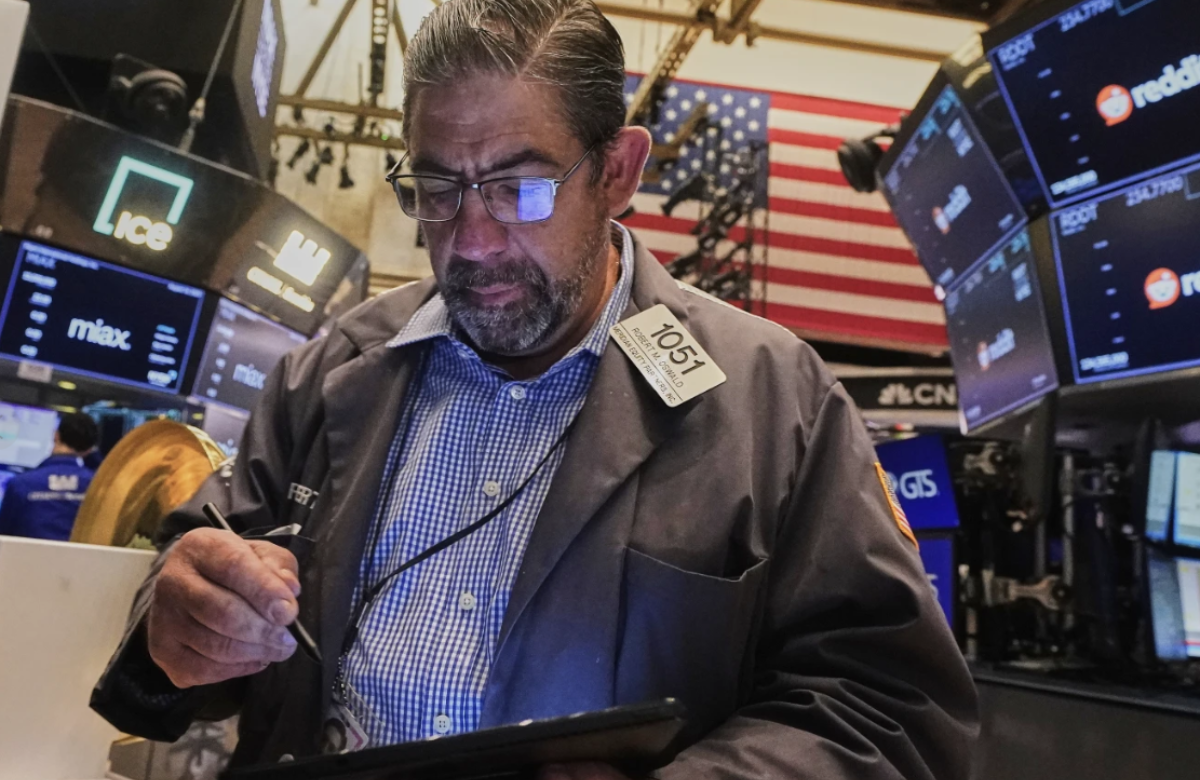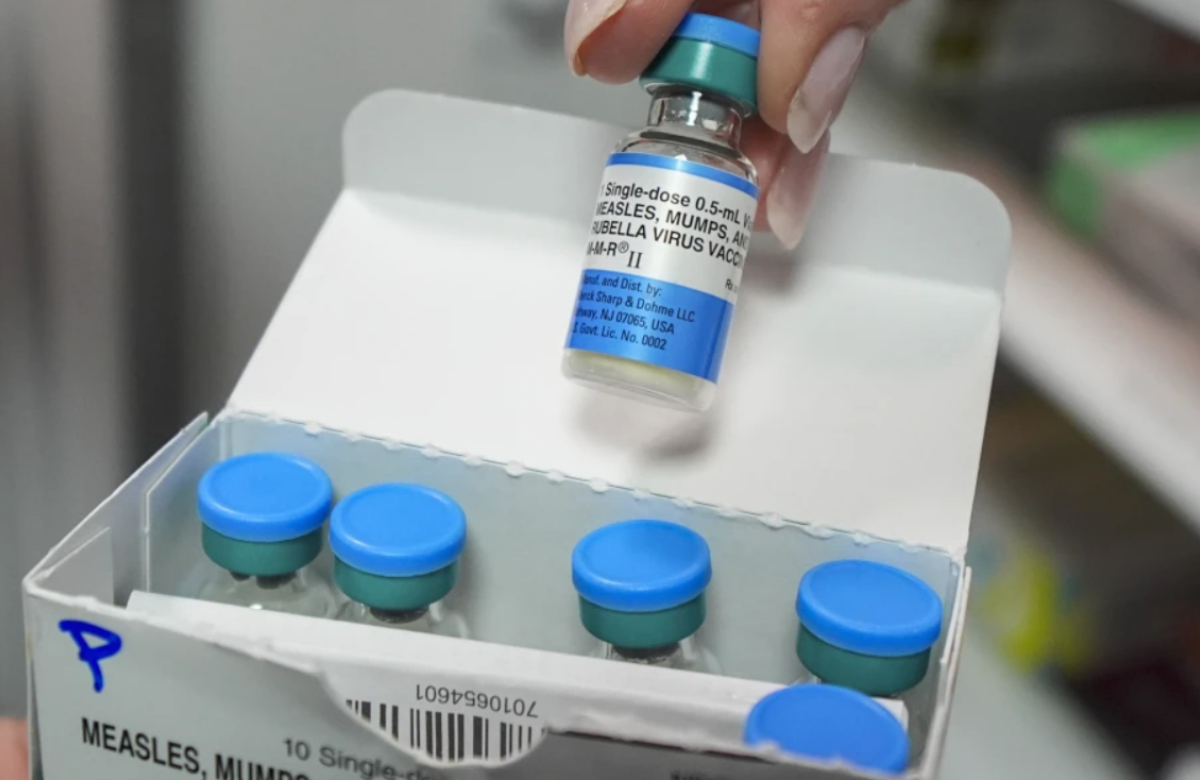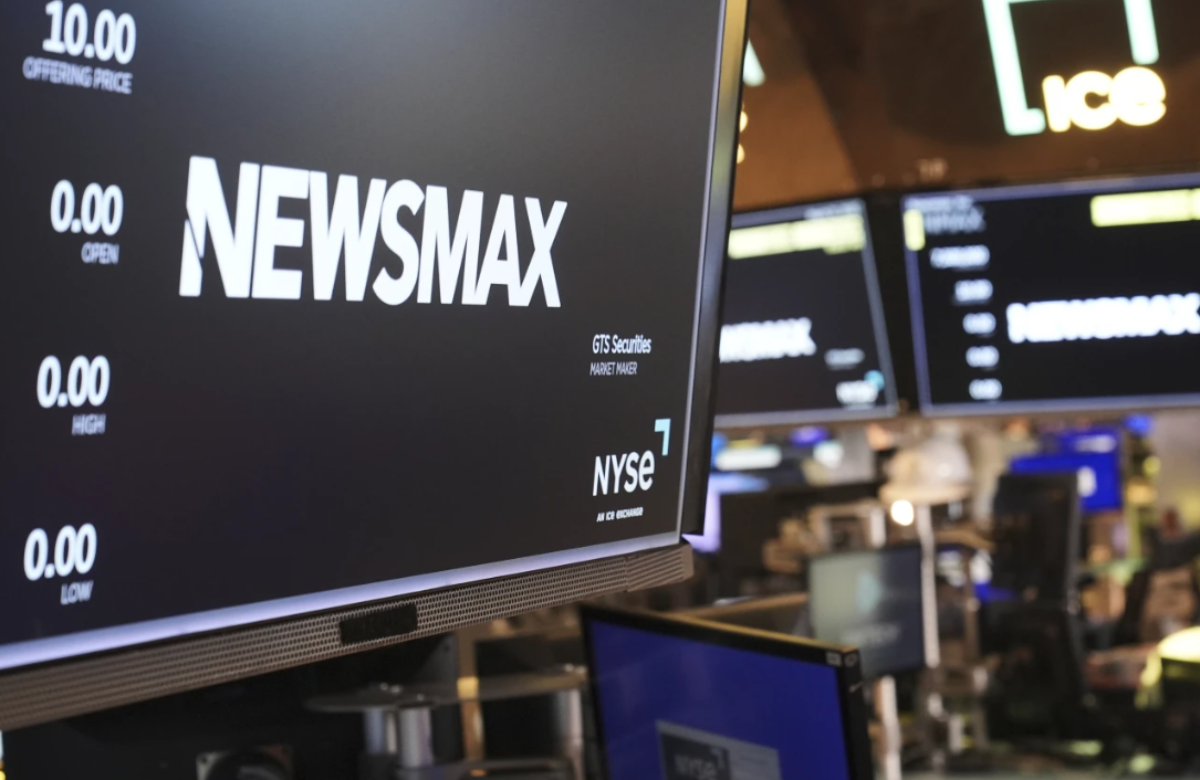Democrats and Republicans rarely see eye-to-eye, but both parties agree on one thing: American manufacturing needs government support. President Joe Biden has poured money into subsidies for semiconductor and electric vehicle production. Meanwhile, former President Donald Trump has relied on aggressive import taxes to shield U.S. industries from foreign competition.
Despite these efforts, manufacturing in the United States has stagnated over the past three years. Job numbers have declined, and production remains sluggish. According to the U.S. Labor Department, factories cut 7,000 jobs in June, marking the second consecutive monthly decline. If the trend continues, this could be the third straight year of falling manufacturing employment.
The Institute for Supply Management (ISM) reported that manufacturing activity contracted again in June, the fourth straight monthly decline. Since October 2022, manufacturing has shrunk in 30 of 32 months.
Eric Hagopian, CEO of Pilot Precision Products in Massachusetts, described the industry as stuck. “It’s been a grind,” he said. “Not a total collapse like 2008, but it feels like we’re going nowhere.”
Several major factors are weighing on manufacturing. The post-pandemic recovery triggered a surge in inflation, pushing the Federal Reserve to hike interest rates 11 times in 2022 and 2023. These higher borrowing costs have made it harder for factories to invest and grow.
Biden’s policies initially drove a boom in factory construction. Investments in manufacturing facilities tripled from April 2021 to October 2024, sparked by tax incentives targeting semiconductor and clean energy industries. But that momentum has slowed. As Trump returns to the White House, he has launched new trade wars and, with Congressional backing, rolled back Biden’s green energy subsidies.
Mark Zandi, chief economist at Moody’s Analytics, now expects manufacturing output to stay flat, possibly leading to job losses. “If production doesn’t grow, jobs will likely decline too,” he warned, predicting a possible recession in the sector.
Trump has attempted to protect domestic manufacturers by imposing steep tariffs — 50% on steel and aluminum, 25% on cars and parts, and 10% on many other imports. These measures can help U.S. producers compete with cheaper foreign goods. Chris Zuzick of Waukesha Metal Products in Wisconsin said tariffs narrowed the price gap between his firm and a foreign competitor bidding for a major contract in Texas.
However, tariffs are a double-edged sword. Many American manufacturers rely on imported materials like steel, aluminum, chemicals, and equipment. By raising the cost of those inputs, tariffs can drive up production costs and hurt U.S. competitiveness abroad.
For instance, Trump’s steel tariffs didn’t just raise prices on imports — they also allowed U.S. steelmakers to increase their own prices. As of June, American-made steel cost $960 per metric ton, more than double the global average of $440. As a result, companies like Pilot Precision Products continue to buy steel from Europe — even with tariffs added.
Trump’s shifting approach to trade has also added confusion. He delayed a new round of tariffs set for July 9, pushing them to August 1 to allow more time for international negotiations. These constant adjustments have created uncertainty that’s stalling long-term business decisions.
Manufacturers surveyed by ISM expressed frustration. One firm said, “Customers won’t commit because of tariff uncertainty.” Another noted, “It’s too unstable to make firm plans.”
Some analysts suggest that manufacturing isn’t declining — it’s simply returning to normal after the pandemic rollercoaster. In early 2020, COVID-19 wiped out 1.4 million factory jobs. But then, consumer demand for goods surged, fueled by stimulus payments and lockdown-induced boredom. Factories hired rapidly in 2021 and 2022, adding over 700,000 jobs in two years.
But that rebound has since faded. Manufacturing employment is now almost exactly where it was before the pandemic — about 12.75 million jobs.
“It’s been a strange journey just to get back to where we started,” said Jared Bernstein, chair of the White House Council of Economic Advisers.
Zuzick believes the impact of Trump’s trade strategy will take time to assess. “Manufacturing doesn’t pivot overnight,” he said.
Hagopian is cautiously optimistic, hoping that Trump’s proposed tax breaks will eventually boost the industry. “There may be light at the end of the tunnel,” he said, “and it might not be a train coming at us.”
Until there’s more clarity, manufacturers are likely to hold off on major hiring or investment decisions, said Ned Hill, an economic development expert from Ohio State University. “There’s too much uncertainty about what’s ahead,” he noted.
Zuzick summed it up: “Everyone’s just waiting for the new normal.”
Also Read:
Trump Set to Attend FIFA Club World Cup Championship Match
Political Consultant Faces Trial in New Hampshire for AI-Generated Robocalls Impersonating Biden
